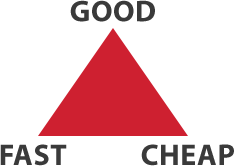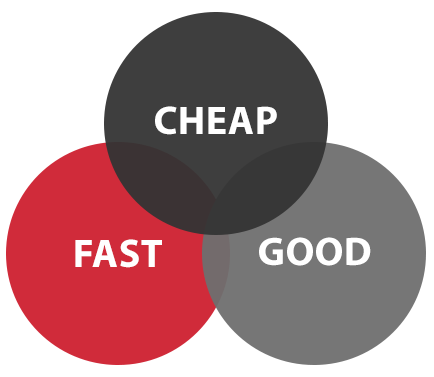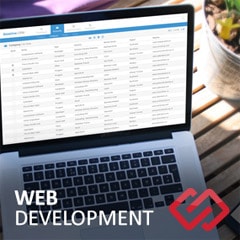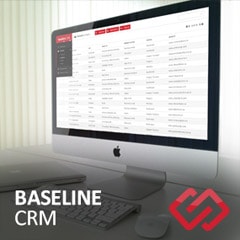Good, Fast, Cheap (Inexpensive) – Pick Two


I’m sure you’re aware of the good, fast, and cheap triangle. Basically, the premise is that in any project, you can only pick two segments.
Good and Inexpensive = Not Fast
“Good things come to those who wait.”
If you want something done right and for it to not to be overly expensive, you’ll have to wait. If you recall my new car story from my last blog, you will know that I semi-recently purchased a new car. Many years ago, when I had less reliable cars, I used to just leave my car at the mechanic all day. I would sometimes have to leave it for multiple days so that the mechanic could work on it in between other appointments because he was “fitting it in” where he could. I would get charged less for this labour. It wasn’t overly convenient, but it would get done and it wouldn’t cost a lot. It was very much in line with my priorities at the time.
The good and inexpensive approach can also be the D.I.Y. approach or the “If you want something done right, you have to do it yourself” approach. Again, this is often inexpensive (though not always), but will take longer to complete. There are many benefits and challenges with the D.I.Y. approach, which I won’t have time to get into here, but I did explore DIY in an earlier blog.
When is the best time for this strategy?
When the project isn’t critical right now to your business. This is the “pick away at it” strategy. There are two big cautions with this approach:
- There are often real firm deadlines with projects, but they may be very far off. If you allow the project to carry on until those deadlines approach, you may risk moving the project into another segment thus eliminating one of your “inexpensive” and “good” variables.
- The scope of a project that goes on too long can change and creep to a point where the project ends up costing you more money throughout or you must move the project to another segment to “just get it done”.

Good and Fast = Not Inexpensive
“I don’t care what it costs, just get it done.”
If you don’t have time to shop around and get multiple quotes or need to get your project started today and completed by 5PM, most companies will be able to find a way to fit you in, unless your demands are unreasonable – but it will cost you.
When is the best time for this strategy?
This is for critical projects or things you can’t or won’t wait for. Most often we see this when the risk or negative impact of a project is very high. A lot of software security updates can be this way. When your software has known vulnerabilities or when a patch to prevent malicious software is available, it often doesn't matter how much it costs as long as we can get it done quickly and it works to solve the issue. At the extreme, this priority set could be considered "crisis mode".
Cheap and Fast = Not Good
“I don’t care what it looks like, as long as it works. Oh, and I need it today.”
This does happen from time to time, but is pretty rare. This would never be for a critical project. As a business, we tend to try and avoid these types of projects unless there is a greater strategic initiative because individuals tend to forget how inexpensive and fast you were if the solution you provide is bad. Would you want your business to ever operate in this area?
When is the best time for this strategy?
When it is part of a larger strategic initiative or when this is a short-term fix.
WHEN YOU NEED THEM ALL! - The Reasonably Good, Cheap, and Fast

“Maybe we can offset some of this cost.”
Most projects will have two of these priorities but add the caveat “within reason”. You might want your project to be done well and cheaply but within reason. I wasn’t waiting 3 months for my car to get fixed when I left it at the mechanic. There is a way to get all 3 of the priorities pretty effectively. These usually rely on sharing the cost either through a consortium, group buy or buying SaaS (Software as a Service) products. Consortium and group buys are frequently tricky to manage and you give up a lot of control in a project but they can be good ways to get what you want at a reduced price. With any of the the multiple buyers or SaaS systems, you will probably have to adapt the way you work to the new system, but using something prebuilt is usually cheaper, faster, and of resonable quality – but you might have to comprise on what you consider “good”.
I hope that this post helps outline some of the tradeoff between cost, time, and quality. As always, thanks for reading
Kyle Mayer
CoreSolutions of London, Ontario, is a locally acclaimed software development firm with over 25 years of experience. CoreSolutions’s team of experts, including developers and project managers, build web or mobile applications using the latest technology and tools and will assist you through all phases of the project including brainstorming, requirements planning and project management. Connect with CoreSolutions today to start your project with a Free Business Needs Requirement.







Comments